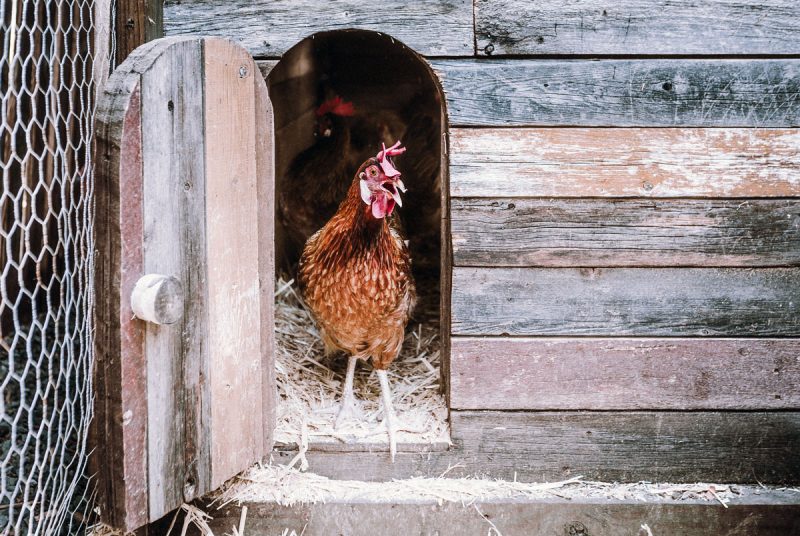Today we begin our month-long Monday Series for August. The topic for this month is Urban Homesteading. I struggled with what to call it, because embracing the concepts of homesteading can be done in nearly any setting. You don’t have to live on a farm to raise hens for eggs, but if you do… even better.
The term homesteading as we know it has changed significantly over the years. Originally it was a means to get citizens to establish roots in undeveloped areas. This included water and sewage, energy, food, and just about anything else that could be handmade at home. The Homestead Acts, which essentially gave the property to people in exchange for them developing the land into a homestead farm, no longer exist in most of North America.
As urban spreading occurred and more families moved closer to metropolitan areas, homesteading took on new meaning. Today the movement relates more to doing what you can for yourself on your own land. This movement has become more popular in the recent past most likely due to the unstable economic climate. While there is something very gratifying about the autonomy of self-sufficiency, you cannot overlook the amount of money you can save.
Some aspects require radical changes in the way you operate currently. However, there may be some small changes that could have a significant impact. You may not be up for raising sheep to get the wool to make sweaters, but you could probably save rainwater in a barrel for watering your container garden. I recommend that you start small. Take a look around and see what you could affect with little expense or hassle… make a list. Once you have a taste of success you will likely want to see what else you can do.
Please send along your tips, tricks, and how you “homestead” now. I look forward to your comments. Until then…
savour… your own backyard
URBAN HOMESTEADING BASICS
Here are a few things you might consider:
- Making butter, better yet, herb butter
- Making jams/jellies
- Making homemade cleaners
- Raising hens for eggs
- Composting
- Small space container gardens
- Gardening, grow your own food (consider fruit trees)
- Sewing projects – mending, making clothes and curtains
- Making greeting cards and gift wrap
- Drying herbs
- Canning vegetables, pickles, and sauces
- Water collection – rain barrels to collect water for gardening
- Knitting and crocheting
- Creating edible landscaping







